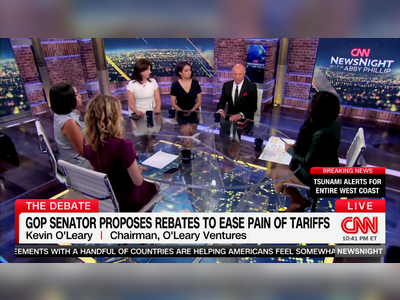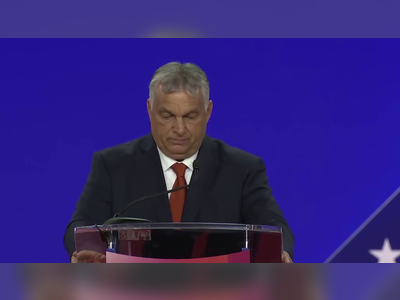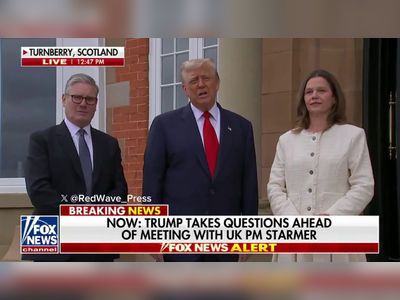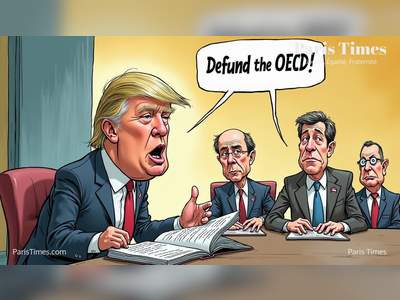Global Inflation Rates Stabilize Amid Economic Recovery Signs
Most economies show signs of stabilizing inflation as supply chain disruptions ease.
Inflation rates across several major economies have begun to stabilize, according to recent data reflecting the shifting dynamics of global markets.
After an unprecedented surge in consumer prices during the COVID-19 pandemic, inflation in the United States recently measured 3.7% for the year ending September 2023, down from 4.9% in the previous quarter.
This decline is attributed to easing supply chain constraints and a reduction in energy prices, which had previously driven significant increases in consumer costs.
In the Eurozone, the inflation rate fell to 4.3%, a notable decrease compared to earlier in the year when it peaked above 6%.
This transition reflects stabilizing energy supplies and decreased demand pressures, suggesting that the economic recovery is taking hold despite the ongoing challenges in several sectors.
Emerging markets are also experiencing shifts in inflation trends.
In Brazil, the inflation rate decreased to 4.2%, supported by government interventions aimed at stabilizing food prices and increasing domestic production.
Similarly, India's inflation rate has moderated to 5.0%, aided by better agricultural output and controlled pricing measures implemented by the government.
Conversely, some countries still grapple with higher inflation.
In Argentina, inflation persists at a staggering 140%, driven by currency devaluation and economic instability.
In Turkey, inflation remains elevated at approximately 50%, despite government efforts to stabilize prices through monetary policy adjustments.
Global commodity prices have shown signs of moderation, which analysts suggest could further impact inflation rates in various regions.
The price of oil recently hovered around $85 per barrel, a decrease from highs earlier this year, contributing to reduced transportation costs and, subsequently, consumer goods prices.
Central banks' responses to inflation trends vary.
The U.S. Federal Reserve and the European Central Bank have indicated a more cautious approach towards interest rate hikes, focusing on achieving a balance between controlling inflation and supporting economic growth.
Meanwhile, some emerging markets have opted for aggressive monetary policies in an attempt to curb hyperinflation.
Overall, the global economy continues to navigate the complexities of recovery, with inflation rates reflecting the interplay of local factors and international economic conditions.
As countries adapt to changing market conditions, the trajectory of inflation will be closely monitored by policymakers and markets alike.
After an unprecedented surge in consumer prices during the COVID-19 pandemic, inflation in the United States recently measured 3.7% for the year ending September 2023, down from 4.9% in the previous quarter.
This decline is attributed to easing supply chain constraints and a reduction in energy prices, which had previously driven significant increases in consumer costs.
In the Eurozone, the inflation rate fell to 4.3%, a notable decrease compared to earlier in the year when it peaked above 6%.
This transition reflects stabilizing energy supplies and decreased demand pressures, suggesting that the economic recovery is taking hold despite the ongoing challenges in several sectors.
Emerging markets are also experiencing shifts in inflation trends.
In Brazil, the inflation rate decreased to 4.2%, supported by government interventions aimed at stabilizing food prices and increasing domestic production.
Similarly, India's inflation rate has moderated to 5.0%, aided by better agricultural output and controlled pricing measures implemented by the government.
Conversely, some countries still grapple with higher inflation.
In Argentina, inflation persists at a staggering 140%, driven by currency devaluation and economic instability.
In Turkey, inflation remains elevated at approximately 50%, despite government efforts to stabilize prices through monetary policy adjustments.
Global commodity prices have shown signs of moderation, which analysts suggest could further impact inflation rates in various regions.
The price of oil recently hovered around $85 per barrel, a decrease from highs earlier this year, contributing to reduced transportation costs and, subsequently, consumer goods prices.
Central banks' responses to inflation trends vary.
The U.S. Federal Reserve and the European Central Bank have indicated a more cautious approach towards interest rate hikes, focusing on achieving a balance between controlling inflation and supporting economic growth.
Meanwhile, some emerging markets have opted for aggressive monetary policies in an attempt to curb hyperinflation.
Overall, the global economy continues to navigate the complexities of recovery, with inflation rates reflecting the interplay of local factors and international economic conditions.
As countries adapt to changing market conditions, the trajectory of inflation will be closely monitored by policymakers and markets alike.










